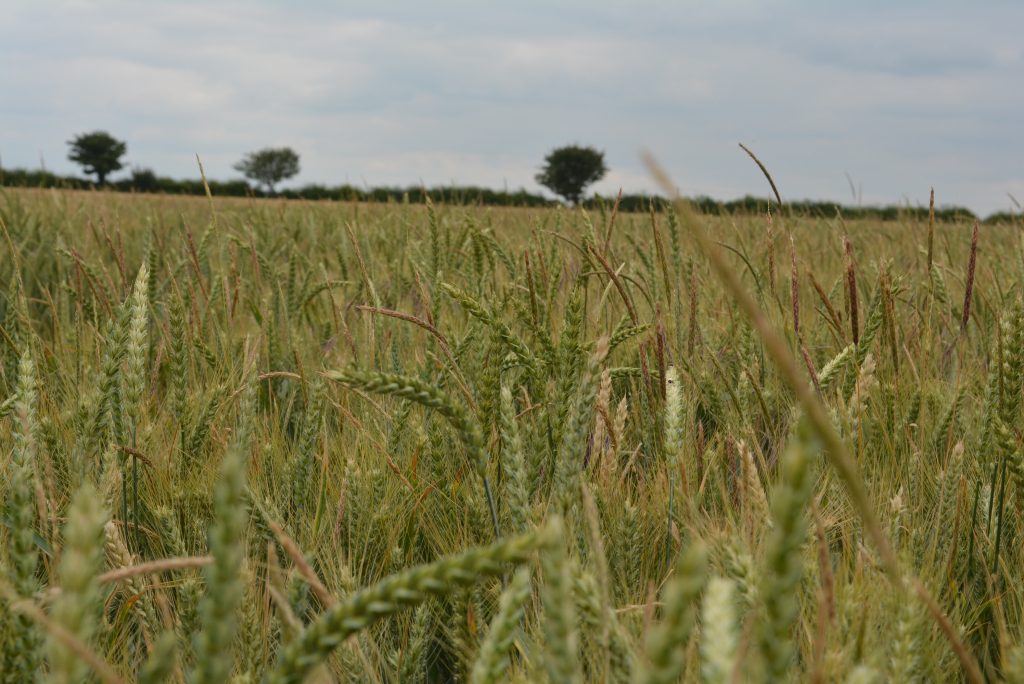Delayed drilling still essential for black-grass control
3rd September 2020
After the sodden conditions last autumn, some arable farmers may consider drilling wheat earlier to guarantee a decent area next harvest. But threats such as grass weeds and virus carrying aphids are both more of an issue in early drilled crops. Bayer’s Darren Adkins gives his thoughts on how farmers can balance the need for wheat area with pest and weed threats.
After the sodden conditions last autumn, some arable farmers may consider drilling wheat earlier to guarantee a decent area next harvest. But threats such as grass weeds and virus carrying aphids are both more of an issue in early drilled crops. Bayer’s Darren Adkins gives his thoughts on how farmers can balance the need for wheat area with pest and weed threats.
1. High black-grass levels can also wipe out crops “On land with a history of black-grass, early drilling is likely to be recipe for trouble. High black-grass populations in the crop are difficult and costly to put right with herbicides. We know from experience that sometimes the only solution is to spray off the whole lot and start again,” he says. Delaying into mid/late October, after the main flush of black-grass greatly reduces weed levels in the crop.
2. Pick clean fields for early drilling. “There is likely to be a reaction by some growers with an earlier start to drilling winter cereals. In this situation, it is important to start with cleaner fields then drill the worst fields later in the autumn.”
3. Make sure you can drill and spray. Whenever you drill, being able to spray within 48 hours of drilling is essential to get the best results from the herbicide programme. “Liberator (flufenacet + diflufenican) performs better and more consistently at the true pre-em timing. If bad weather is forecast, it’s easy to push on with the drill but not leave time to spray which makes things easy for black-grass and other weeds to get established in the crop.
4. Later drilling dates helps herbicide performance. Soil moisture is important for the efficacy of pre-emergence herbicides, particularly those that act on the roots including flufenacet. In mid-October, there is typically sufficient soil moisture due to cooler weather and shorter days. A 2016 study led by Dr Stephen Moss (Sustaining winter cropping under threat from herbicide-resistant black-grass) showed a 25% increase in black-grass control from pre-emergence herbicides in October drilled wheat compared to September.
5. BYDV risk is also managed by delayed drilling. Barley Yellow Dwarf Virus (BYDV) transmitted by aphids is also a bigger challenge in early drilled wheat crops. In warmer weather, the second generation, which tends to spread the disease, emerges more quickly. Consequently, farmers may have to spray for aphids sooner and more times during the season to prevent BYDV problems. “Make sure any aphid sprays are targeted at the correct timing by using the T-sum calculator,” says Mr Adkins. “The big danger is trying to force herbicide and insecticides together and missing the optimum timing for both.”

